Our planet is home to nearly 200 countries that vary greatly in size. Ranging from small island nations to vast and expansive territories, the world’s largest countries encompass some of the most diverse landscapes, cultures, and populations on Earth. In this article, we explore the ten biggest countries as ranked by total land area.
Top 10 Largest Countries in the World
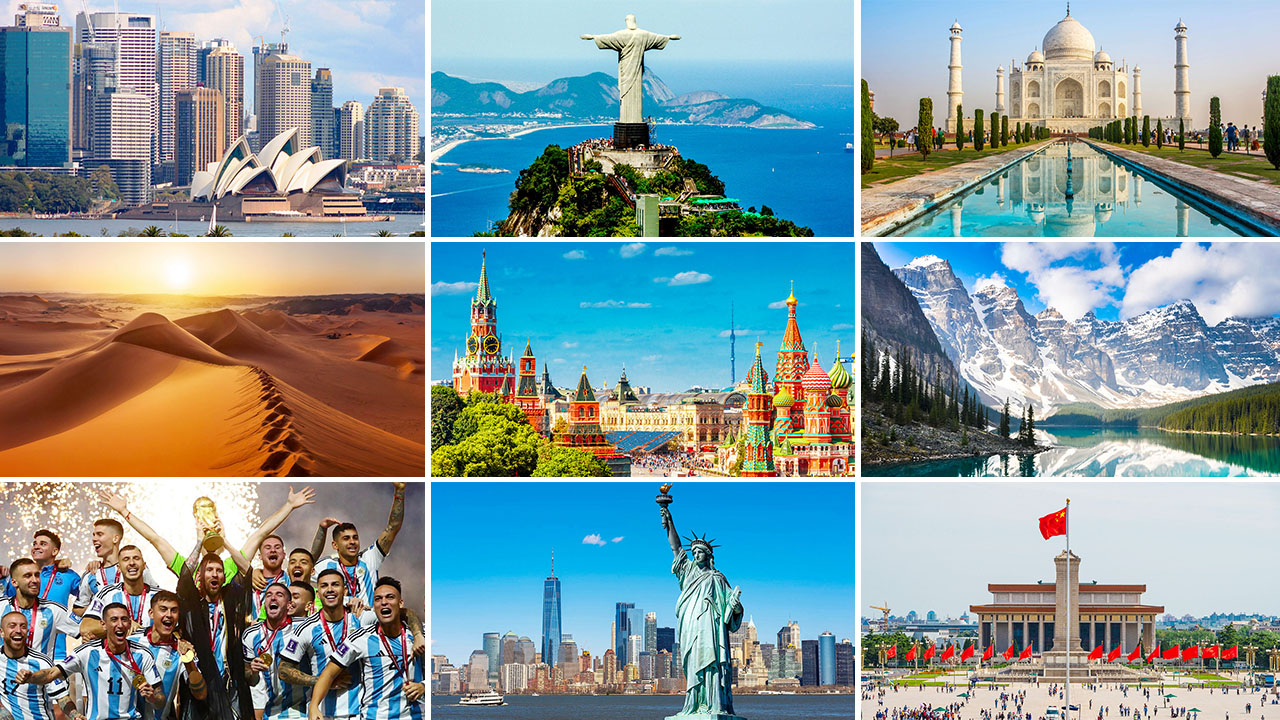
Beyond their vast territories and superlative status as the largest countries on Earth, the nations profiled in this article contain so much more that makes them compelling and unique. Their immense sizes have allowed distinctive cultures, histories, and biodiversity to develop and thrive within their borders.
While sheer land mass is one measure of a country’s stature, it provides just a starting point for understanding what makes each of these nations essential contributors to the tapestry of our world. Their identities are shaped not just by impressive statistics, but by the singular details that lend each its character and substance.
Russia
Land Area: 17,098,242 square kilometers
Russia is not only the largest country in the world but also one of the most influential. It has a rich history and culture, with Moscow being its capital and largest city. The country is also a major player in global politics and has a significant impact on the world economy. Despite its massive size, Russia’s population density is relatively low, with most of its inhabitants living in urban areas.
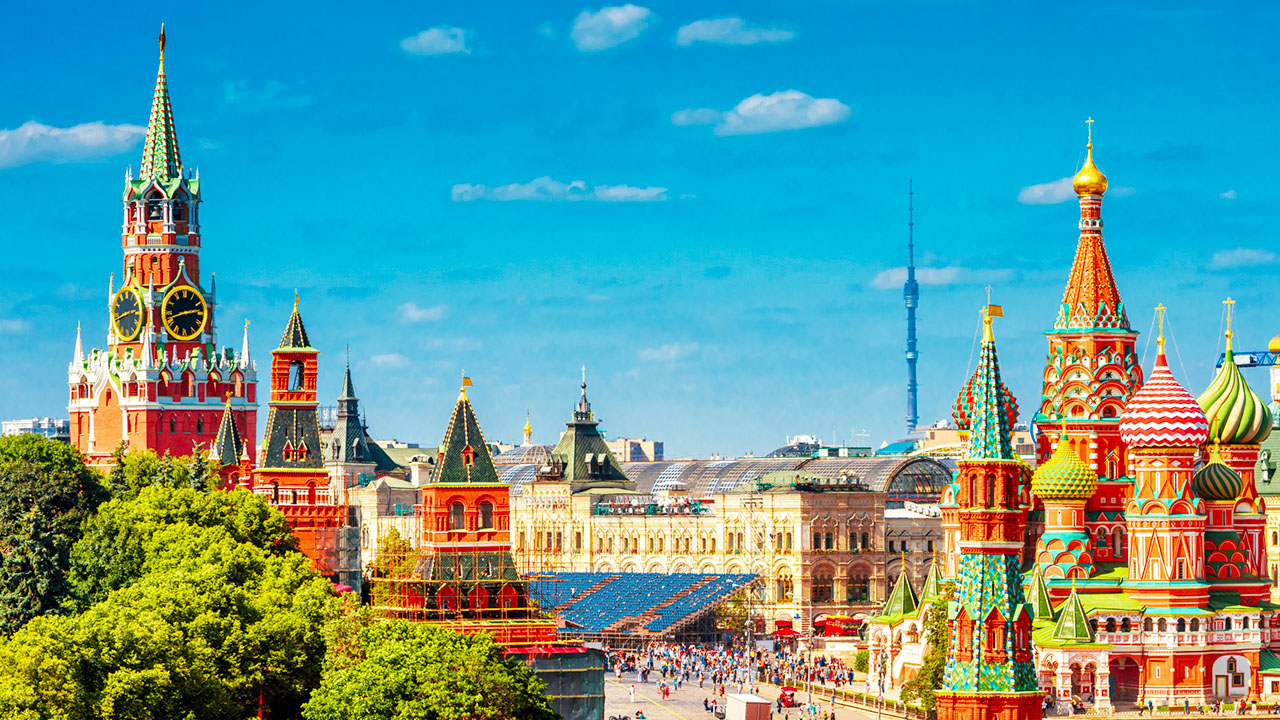
Russia’s vast and diverse landscape may seem overwhelming to comprehend, but it is also home to rich cultural traditions that continue to captivate the world. From its renowned ballet performances to its celebrated literary works, Russia has a long history of artistic excellence. Its stunning architecture, from the iconic onion domes of St. Basil’s Cathedral to the grandeur of the Winter Palace, showcases the country’s enduring beauty and resilience through times of struggle.
The Russian ballet is known for its graceful movements, intricate choreography, and exquisite costumes. It has become a symbol of the country’s cultural identity and has influenced dance styles around the world. The famous Bolshoi and Mariinsky Theatres in Moscow and St. Petersburg respectively are renowned for their exceptional ballet performances, attracting audiences from all over the globe.
In addition to its thriving performing arts scene, Russia also boasts a rich literary heritage. Some of the world’s most beloved writers, such as Leo Tolstoy, Fyodor Dostoevsky, and Anton Chekhov, hail from Russia. Their works have been translated into numerous languages and continue to inspire readers with their profound insights into the human condition.
Russia’s architecture is another testament to its enduring spirit. Despite facing wars, revolutions, and political upheavals, the country has managed to preserve and restore many of its historic buildings and landmarks. The Kremlin in Moscow, with its imposing walls and towers, stands as a symbol of power and strength. The colorful and ornate churches and cathedrals scattered throughout the country are a testament to the country’s deep religious roots.
Through its tumultuous history, Russia has shown remarkable resilience and determination. From surviving invasions and wars to overcoming economic challenges, the country has emerged stronger each time. This resilience is reflected in its culture, which continues to thrive and evolve, drawing inspiration from its past while embracing modern influences.
Canada
Land Area: 9,984,670 square kilometers
Canada takes the second spot on our list, with a land area almost half the size of Russia. Located in North America, Canada is known for its vast forests, lakes, and mountains, making it a popular destination for outdoor enthusiasts. It is also a multicultural country, with a diverse population that includes indigenous communities and immigrants from all over the world.
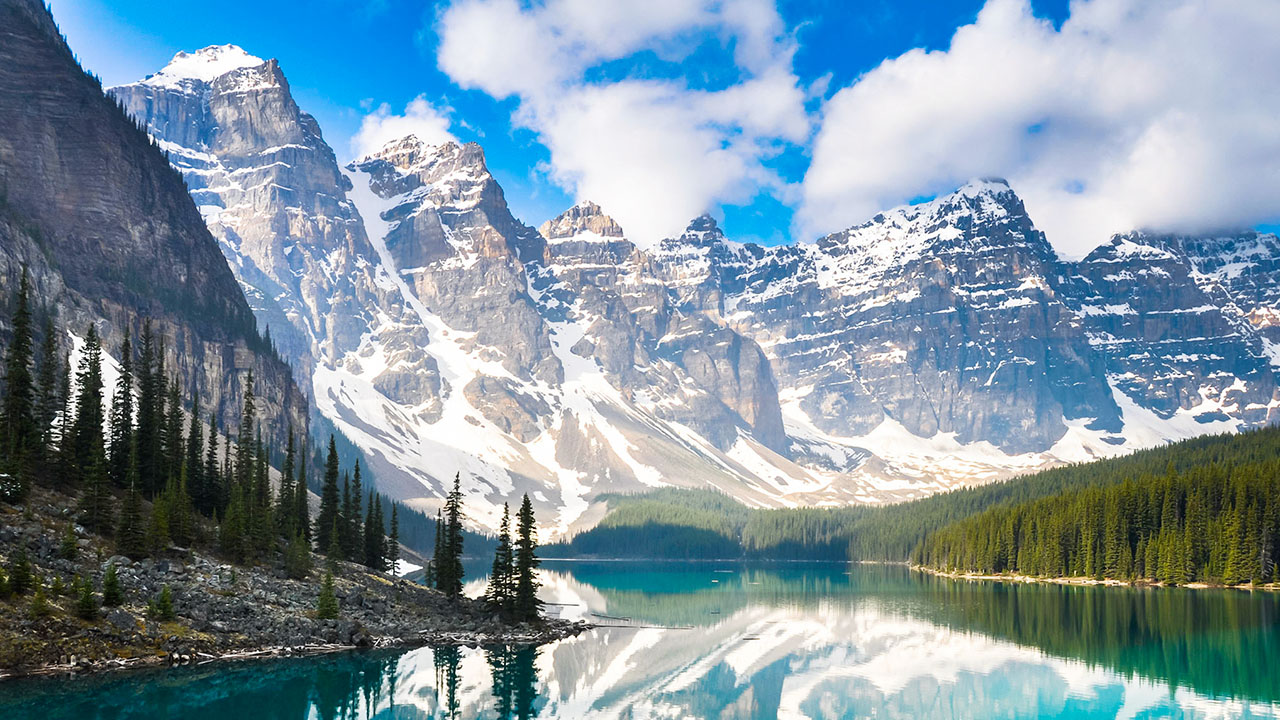
The natural beauty of Canada is truly breathtaking, with its vast and diverse landscapes that never fail to amaze. From the majestic Rocky Mountains to the serene lakes and forests, there is no shortage of stunning sights to behold in this country. However, Canada is not just known for its natural wonders, but also for its vibrant cities like Montreal and Vancouver.
Montreal, often referred to as the cultural capital of Canada, is a bustling metropolis that offers a perfect blend of old-world charm and modern sophistication. The city is renowned for its lively arts and music scene, with numerous festivals and events taking place throughout the year. It is also home to some of the best restaurants and cafes in the country, serving up delicious French-inspired cuisine.
On the other hand, Vancouver is a cosmopolitan hub that boasts a thriving economy and a diverse population. It is a city that embraces diversity and celebrates different cultures, making it a melting pot of experiences and ideas. With its stunning waterfront views and bustling downtown core, Vancouver is a popular destination for tourists and locals alike.
Aside from its natural wonders and urban centers, Canada is also known for its agriculture industry. The country’s vast landmass is home to numerous cattle ranches and wheat farms, which play a significant role in fueling the economy. These farms not only provide food for Canadians but also contribute to the country’s exports, making Canada a major player in the global market.
But what truly sets Canada apart is the warmth and hospitality of its people. Canadians are known for their friendly and welcoming nature, making visitors feel right at home. Whether you’re exploring the rugged wilderness or strolling through the city streets, you’ll always be greeted with a smile and a helping hand in Canada.
United States
Land Area: 9,826,630 square kilometers
The United States is the third-largest country in the world and the most populous in North America. It is home to some of the world’s most iconic cities, such as New York, Los Angeles, and Chicago. The country’s diverse landscape includes deserts, mountains, and beaches, making it a popular tourist destination. With a population of over 328 million people, the United States is a melting pot of cultures and ethnicities.
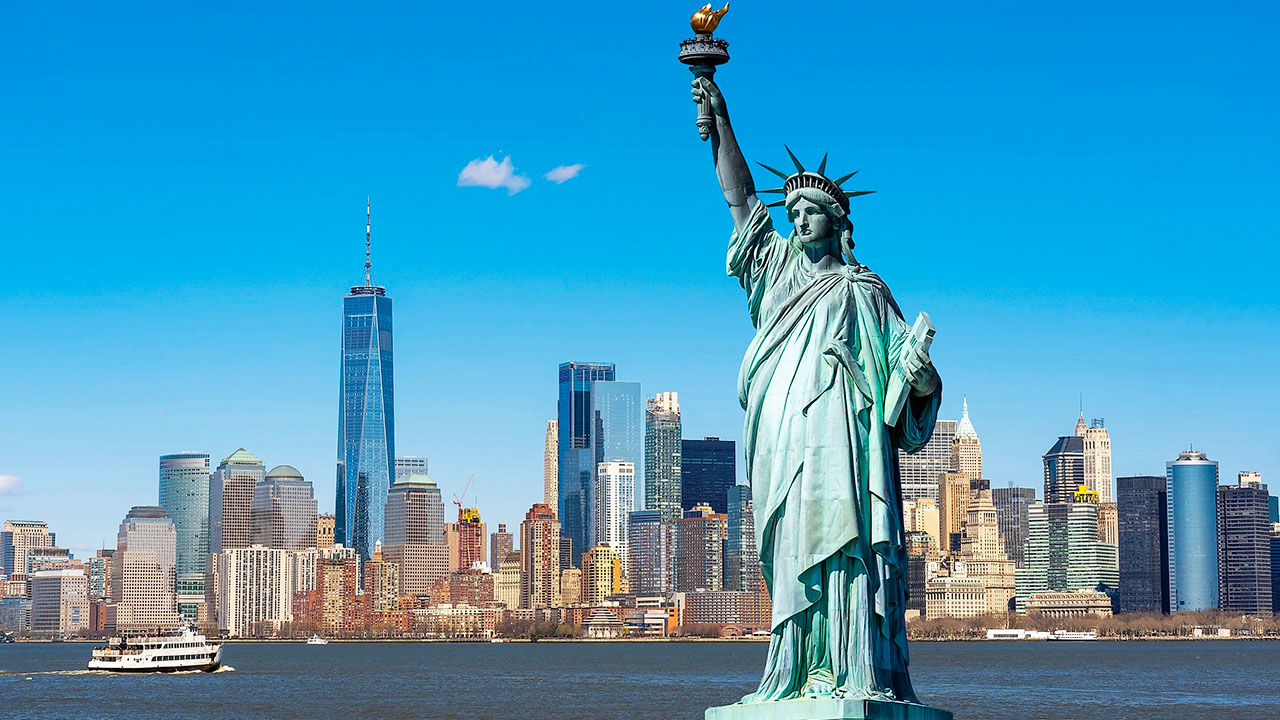
The vast and majestic forests and canyons of the United States are truly a sight to behold, evoking a sense of wonder and admiration in all who witness their grandeur. However, there is another aspect of America that is equally awe-inspiring – the unwavering optimism and rich diversity of its people.
The American society is a melting pot of cultures, beliefs, and backgrounds, shaped by centuries of immigration from all corners of the world. This multiculturalism is not only a defining characteristic of the nation, but also a driving force behind its progress and success.
From the early settlers who braved the unknown in search of a better life, to the millions of immigrants who continue to arrive on American shores every year, the pursuit of the American dream has been a powerful motivator for generations. This dream represents the promise of freedom, opportunity, and prosperity for all who are willing to work hard and persevere.
Despite the challenges and obstacles that may arise, the American people remain resilient and optimistic, always looking towards a brighter future. This unbreakable spirit and determination have propelled the country forward, leading to groundbreaking advancements in various fields such as technology, science, and the arts.
Moreover, the diversity of the American population has enriched the nation in countless ways. It has brought together different perspectives, traditions, and ideas, creating a dynamic and vibrant society that continues to evolve and thrive.
China
Land Area: 9,596,961 square kilometers
China is the fourth-largest country in the world and the most populous, with over 1.4 billion people. Located in East Asia, it has a rich history and culture that dates back thousands of years. China is also a major economic powerhouse, with a booming manufacturing industry and a rapidly growing economy. It is home to some of the world’s largest cities, including Shanghai, Beijing, and Guangzhou.
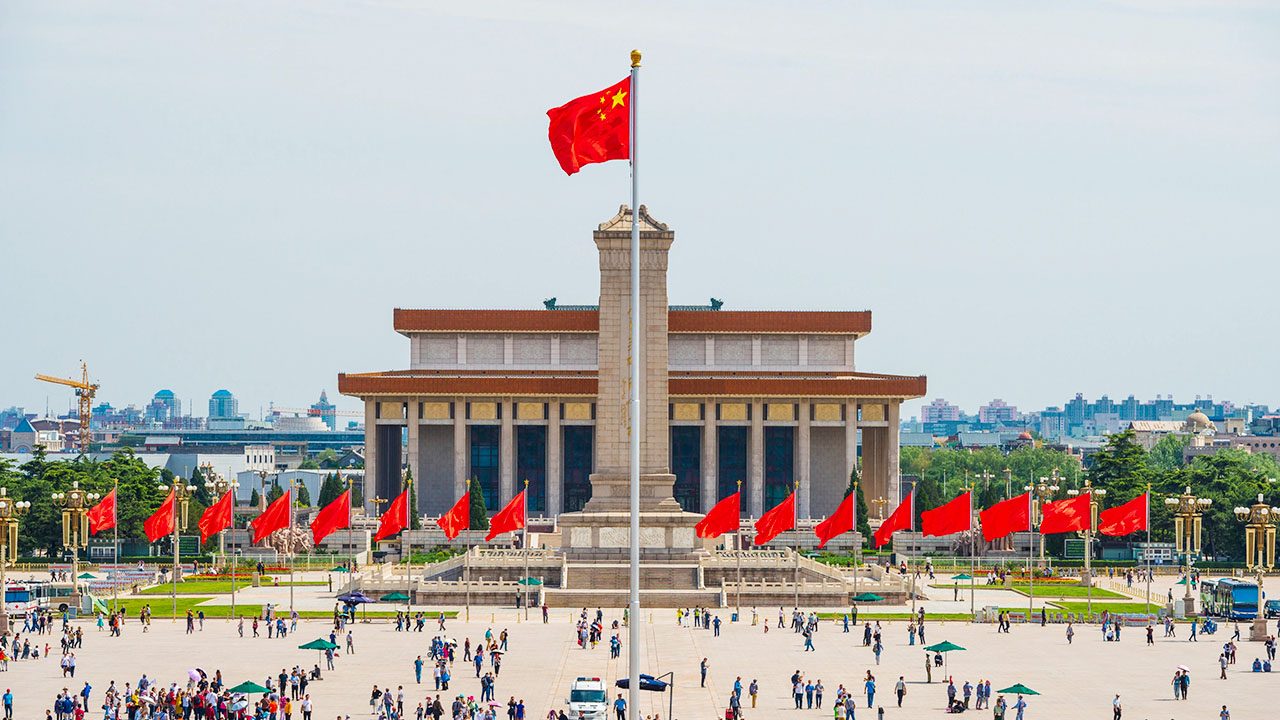
China is a country that never fails to amaze with its vast and diverse landscape. From the bustling metropolises of Shanghai and Beijing to the serene countryside villages, China offers a unique blend of modernity and tradition.
One of the most striking aspects of China is its ability to seamlessly combine ancient traditions with modern advancements. The country is home to some of the oldest temples and rituals in the world, which continue to be practiced and revered by its people. At the same time, China is also at the forefront of technological innovation, with cities like Shenzhen being known as the “Silicon Valley of Hardware”. This juxtaposition of old and new creates a fascinating contrast that is unlike any other country in the world.
But China’s influence extends far beyond its borders. With a global diaspora of over 50 million people, Chinese communities can be found in almost every corner of the world. These communities serve as bridges between China and the rest of the world, promoting cultural exchange and economic ties. This global presence has also led to the spread of Chinese customs, cuisine, and language, making it a truly global culture.
Moreover, China’s homegrown innovations have had a significant impact on contemporary life. From e-commerce giant Alibaba to social media app WeChat, Chinese companies have revolutionized the way we live, work, and communicate. Chinese technology and products are now used worldwide, from smartphones to high-speed trains, showcasing the country’s immense influence on the global stage.
Brazil
Land Area: 8,515,767 square kilometers
Brazil is the fifth-largest country in the world and the largest in South America. It is known for its vibrant culture, stunning natural beauty, and diverse wildlife. The country is home to the Amazon rainforest, one of the most biodiverse regions on the planet. Brazil is also a major producer of agricultural products, including coffee, soybeans, and beef.
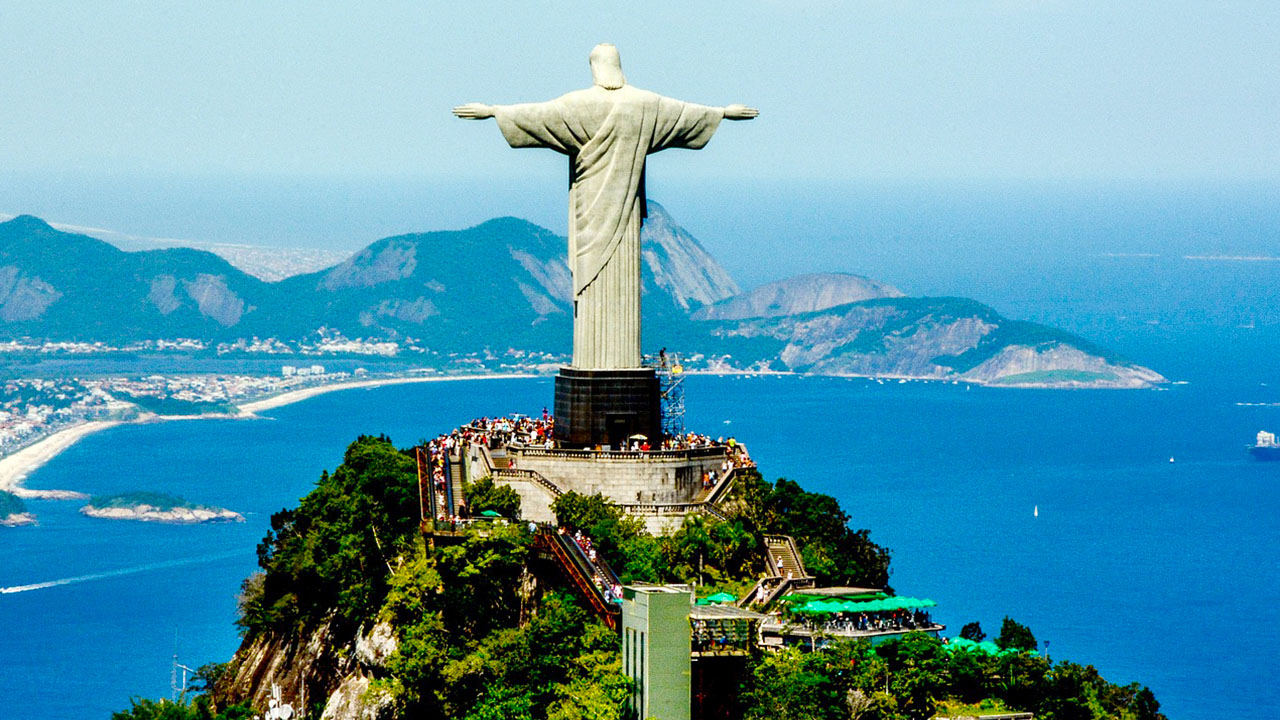
In addition to the well-known attractions of Brazil such as its stunning beaches and the vast Amazon rainforest, there is a whole other side to this country that often goes unnoticed. This includes its bustling megacities, filled with vibrant music and dance scenes that showcase the rich cultural diversity of the nation. These cities are also home to proud indigenous communities who fiercely defend their land and traditions, adding to the unique fabric of Brazilian society.
One cannot talk about Brazil without mentioning its deep-rooted love for soccer, which has become a defining aspect of the country’s identity. The passion for the sport runs deep in the veins of every Brazilian, regardless of social class or background. From the favelas to the affluent neighborhoods, everyone comes together to support their favorite teams and players, creating an electric atmosphere during matches.
But beyond the glitz and glamour of the World Cup and professional leagues, there is a long-standing tradition of street soccer in Brazil that has been passed down through generations. It is not uncommon to see children playing barefoot on the streets, using makeshift goals and balls made out of rags. This raw and unfiltered form of the game is where many of Brazil’s greatest players have honed their skills, making it an integral part of the country’s sporting culture.
Australia
Land Area: 7,692,024 square kilometers
Australia takes the sixth spot on our list, with a land area almost the size of Brazil. It is located in Oceania and is the only country that occupies an entire continent. Australia is known for its unique wildlife, including kangaroos, koalas, and the Great Barrier Reef. It is also a developed nation with a high standard of living and a strong economy.
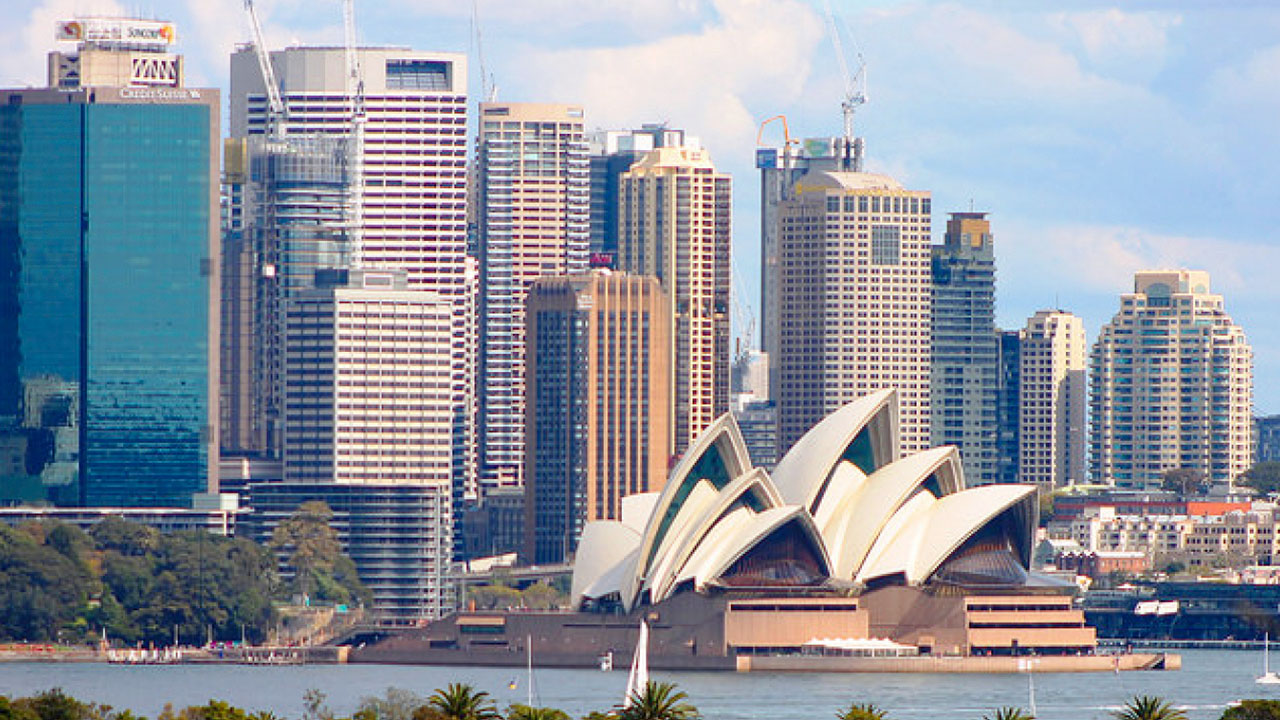
The Australian Outback is a vast and wild region that embodies the pioneering spirit of the country. It is characterized by its rugged terrain, extreme climate, and sparse population, making it a challenging but rewarding destination for those seeking adventure and exploration.
However, beyond its tough exterior, the Outback also showcases a laid-back and carefree culture that is deeply rooted in the outdoors. Australians have a strong connection to nature and are known for their love of outdoor activities such as camping, hiking, and surfing. This easygoing lifestyle is reflected in the relaxed and friendly attitude of the locals, who are always eager to share their knowledge and experiences with visitors.
One of the most striking aspects of the Outback is its sheer size and diversity. From the red desert sands of the Northern Territory to the rugged coastlines of Western Australia, each region offers a unique and unforgettable experience. The Outback is also home to some of the world’s most iconic landmarks, such as Uluru (Ayers Rock) and the Great Barrier Reef, which attract millions of tourists every year.
But beyond its natural wonders, the Outback is also rich in history and culture. The Indigenous people of Australia have inhabited this land for thousands of years and their traditions and beliefs are deeply intertwined with the landscape. Visitors can learn about their ancient customs and traditions through cultural tours and experiences, gaining a deeper understanding and appreciation for the land and its people.
India
Land Area: 3,287,590 square kilometers
India is a country that is home to more than one billion people, making it the second most populous country in the world. Its vast landmass spans over 1.3 million square miles and is bordered by the Indian Ocean, the Arabian Sea, and the Bay of Bengal. This diverse nation is known for its breathtaking landscapes, ranging from the majestic Himalayan mountain range in the north to the lush green forests and tropical beaches in the south.
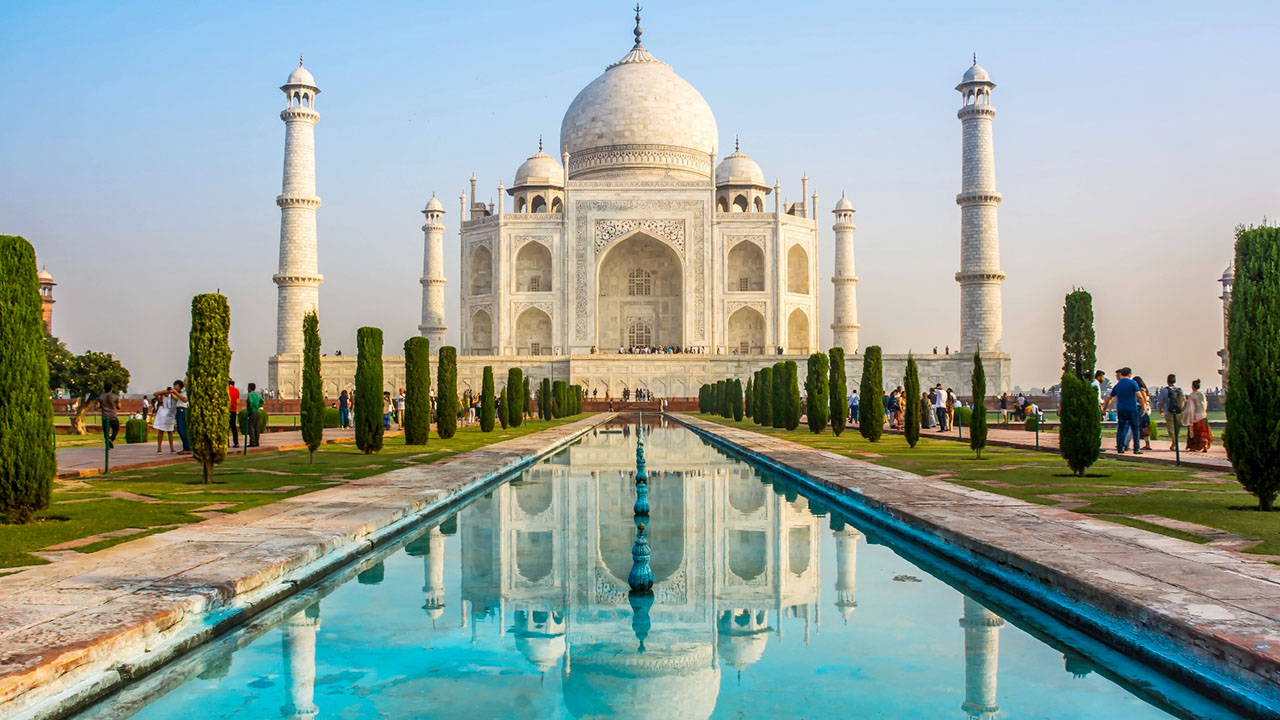
The sheer size and diversity of India have captivated people from all over the world for centuries. Its rich history dates back thousands of years, with evidence of ancient civilizations found throughout the country. From the Indus Valley Civilization to the Mughal Empire, India has been shaped by numerous dynasties, rulers, and cultures, each leaving their mark on the country’s identity.
But India is not just a land of history and culture; it is also a land of spirituality. The country is home to several major religions, including Hinduism, Buddhism, Jainism, and Sikhism. These religions have had a profound influence on Indian society, shaping its customs, traditions, and way of life.
One of the most striking features of India is its geographic diversity. The country is divided into four main regions – the Northern Mountains, the Indo-Gangetic Plain, the Deccan Plateau, and the Coastal Plains. Each region has its unique landscape, climate, and biodiversity, making India a haven for nature lovers.
In the Northern Mountains, the mighty Himalayas stand tall, with some of the highest peaks in the world, including Mount Everest. This region is also home to stunning valleys, lakes, and rivers, making it a popular destination for adventure seekers and trekkers.
The Indo-Gangetic Plain, also known as the “breadbasket of India,” is a fertile plain that stretches across the northern and eastern parts of the country. It is here that the mighty Ganges, India’s sacred river, flows, providing water for agriculture and sustenance to millions of people.
The Deccan Plateau, located in the central part of India, is a vast plateau with rugged terrain and diverse flora and fauna. It is also home to several historical sites, including the famous Ajanta and Ellora caves, showcasing ancient rock-cut architecture and art.
Finally, the Coastal Plains, which border the Arabian Sea, the Indian Ocean, and the Bay of Bengal, are known for their beautiful beaches, backwaters, and mangrove forests. These regions attract tourists from all over the world, seeking relaxation and adventure by the sea.
Argentina
Land Area: 2,780,400 square kilometers
Renowned for its iconic tango and breathtaking glaciers, Argentina captivates tourists with its unique fusion of cultural traditions and awe-inspiring landscapes. Located in the southern region of South America, this country is the eighth largest in the world and boasts a diverse array of attractions that are waiting to be discovered by visitors.

From the bustling cities to the serene countryside, Argentina offers a wealth of experiences for travelers to immerse themselves in. In the urban centers, such as Buenos Aires and Mendoza, visitors can witness the vibrant energy of the locals as they go about their daily lives. The streets are alive with the sounds of music, the aromas of delicious food, and the colorful sights of street art and architecture. These cities also offer a glimpse into Argentina’s rich history and cultural heritage through their museums, galleries, and historic landmarks.
But it’s not just the cities that make Argentina a must-visit destination. The country is also home to some of the most stunning natural wonders in the world. From the majestic Iguazu Falls to the towering Andes mountains, there is no shortage of breathtaking scenery to admire. And let’s not forget about the famous Patagonian glaciers, which attract thousands of tourists every year with their magnificent beauty.
In addition to its vibrant culture and natural beauty, Argentina is also known for its warm and welcoming people. The locals, known as Argentines, are known for their hospitality and love for sharing their country with visitors. Whether it’s striking up a conversation with a friendly stranger or joining in on a traditional dance, travelers will feel right at home in this charming country.
So whether you’re seeking adventure, culture, or simply a relaxing getaway, Argentina has something for everyone. With its diverse offerings and warm hospitality, it’s no wonder that this South American gem continues to enthrall and enchant visitors from all over the world.
Kazakhstan
Land Area: 2,724,900 square kilometers
Kazakhstan is a vast country that boasts an impressive landscape of broad steppes, towering mountains, and sprawling desert plains. It is the ninth largest country in the world, covering a territory of over 1 million square miles. Located in Central Asia, Kazakhstan is a landlocked country bordered by Russia, China, Kyrgyzstan, Uzbekistan, and Turkmenistan.
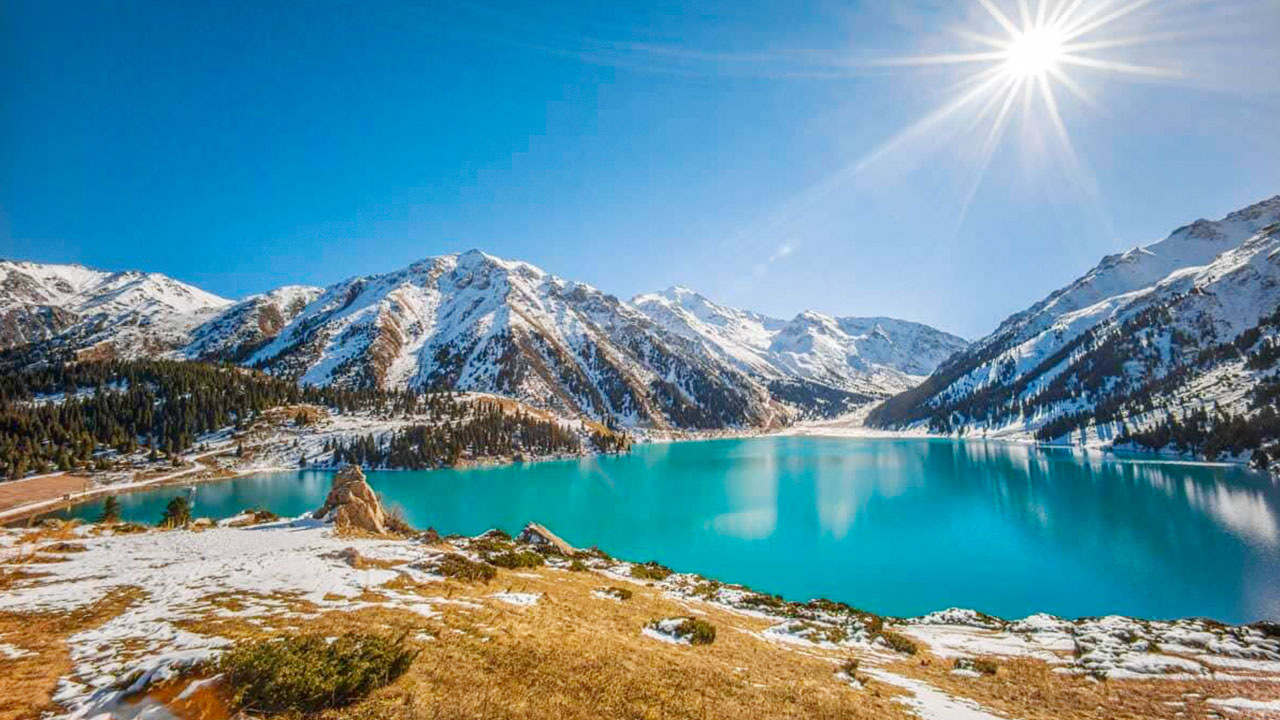
The diverse geography of Kazakhstan offers a unique blend of natural beauty and cultural heritage. The steppes, which cover more than two-thirds of the country, are home to a variety of plant and animal species, including wild horses, antelopes, and wolves. These vast grasslands also provide a habitat for nomadic tribes who have roamed the region for centuries.
In contrast to the flat steppes, the mountainous regions of Kazakhstan offer breathtaking scenery and opportunities for outdoor activities such as hiking, skiing, and mountaineering. The Tien Shan and Altai Mountains, located in the east and south of the country respectively, are popular destinations for adventure seekers and nature lovers alike.
The southern part of Kazakhstan is dominated by the vast Kyzylkum Desert, which stretches into neighboring Uzbekistan. This arid landscape is home to unique flora and fauna, including the rare Saiga antelope and the elusive snow leopard. The desert also holds significant historical and cultural importance, with ancient Silk Road trade routes passing through its sands.
Kazakhstan’s rich history can be traced back to ancient civilizations, including the Scythians, Huns, and Turks. Over the centuries, the country has been influenced by various empires and cultures, including the Mongols, Persians, and Russians. This diverse mix of influences has shaped Kazakhstan’s unique culture, reflected in its traditions, cuisine, and architecture.
Today, Kazakhstan is a modern and rapidly developing country, with its capital city Astana showcasing impressive architecture and infrastructure. However, the country has managed to preserve its traditional way of life in many rural areas, where nomadic traditions and customs are still practiced.
Algeria
Land Area: 2,381,741 square kilometers
Stretching across the vast expanse of the Sahara Desert, the North African country of Algeria is a land of incredible diversity and natural beauty. While the majority of its landscape is dominated by the endless dunes and rocky plateaus of the Sahara, Algeria also boasts stunning forested hills and picturesque coastlines along the Mediterranean Sea.
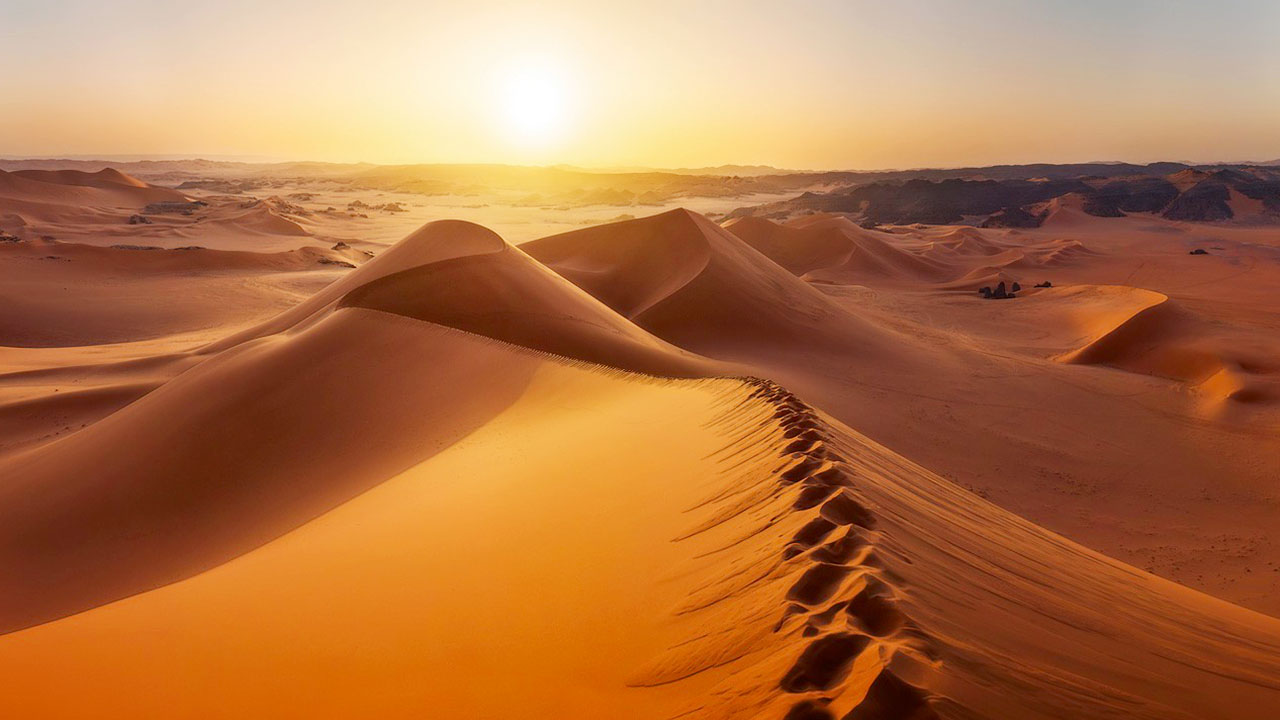
But beyond its breathtaking scenery, Algeria has a rich history and cultural heritage that has been shaped by centuries of invasion and trade. From the ancient Phoenicians and Romans to the Arab conquerors and French colonizers, each civilization has left its mark on this land and its people. This unique blend of influences can be seen in the country’s architecture, cuisine, and customs, making it a fascinating destination for travelers looking to immerse themselves in different cultures.
As the tenth largest country in the world, Algeria offers a wealth of opportunities for exploration and discovery. From the bustling capital city of Algiers to the remote desert towns and villages, there is something for every type of traveler. Whether you are interested in history, nature, or simply seeking an off-the-beaten-path adventure, Algeria has much to offer.
Conclusion
From the vast landscapes of Russia to the vibrant culture of Brazil, these top 10 largest countries in the world have so much to offer. Each one has its own unique characteristics that make it stand out from the rest. Whether you’re looking for adventure, history, or natural beauty, these massive nations have something for everyone. So, which one will you visit first?



